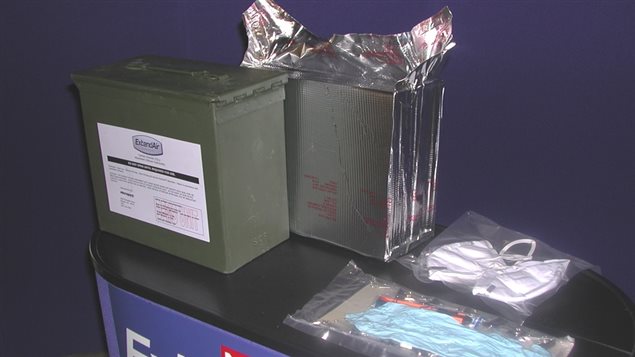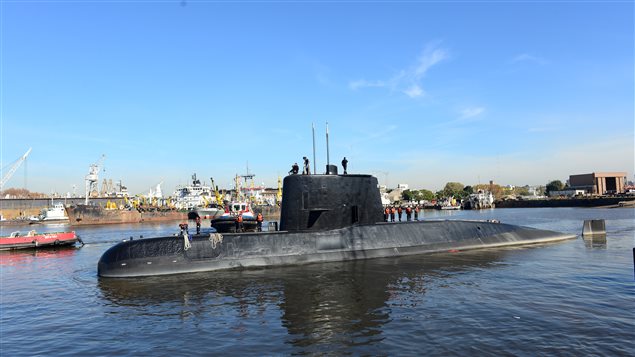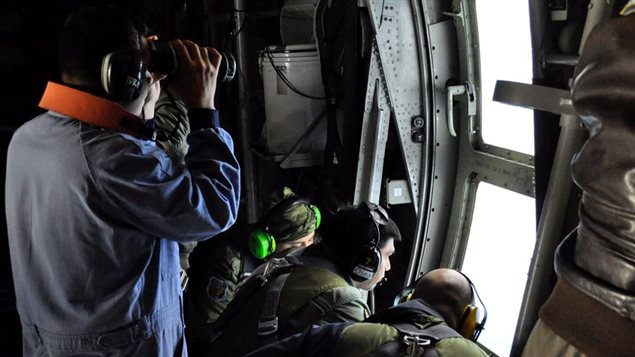Canada has joined the desperate international efforts to find a missing Argentinian submarine lost in the South Atlantic for nine days amid growing fears for its 44 crew members.
“Last night a CC-144 Challenger aircraft departed Halifax with equipment to assist with the search and rescue efforts for a missing Argentinian submarine,” Canada’s Defence Minister Harjit Sajjan tweeted Thursday.
“Our thoughts and prayers are will the submariners on the #ARASanJuan,” he wrote.
DND and CAF are responding to a request for assistance from the Government of #Argentina. Our thoughts and prayers are will the submariners on the #ARASanJuan 2/2
— Harjit Sajjan (@HarjitSajjan) November 23, 2017
The Argentinian government submitted a request on Tuesday for Canadian assistance to provide 52 lithium hydroxide curtains to assist with search and rescue efforts, said Daniel Le Bouthillier, a spokesman for the Department of National Defence.
A Challenger jet left Halifax the following day with the potentially life-saving equipment, Le Bouthillier said.

The lithium hydroxide curtains, also referred to as carbon dioxide curtains, use a chemical reaction to transform carbon dioxide in the air to heat, thereby preventing oxygen levels from becoming toxic in an enclosed space, he said.
Lithium hydroxide curtains are hung along walls and ceilings in a submarine to keep the air breathable while crews await rescue. Each curtain is about 30 inches wide and 60 inches high and folded into small packages for storage.

Once the submarine is located, the intent would be for these curtains to be sent underwater to the submarines’ location via Emergency Life Support Stores (ELSS), Le Bouthillier said.
The navy says an explosion occurred near the time and place where the sub went missing on Nov. 15. That’s led some to give up hope.
But spokesman Enrique Balbi said Friday that the international search continues. He said Russia is sending an Antonov transport aircraft. And a ship is being adapted in the southern Patagonian port of Comodoro Rivadavia to carry a U.S. Navy submarine rescue chamber to the area.
Argentine navy officials worry that even if the ARA San Juan is intact but submerged, its crew may be running out of oxygen.

It had sailed from the extreme southern port of Ushuaia on Nov. 8 after a training exercise and was heading for its base at Mar del Plata, about 250 miles (400 kilometers) southeast of Buenos Aires.
Most submarines can deploy a location beacon to the surface that can emit emergency signals via satellite, but there is no sign the San Juan did so.
The sub carried enough food, oxygen and fuel for the crew to survive about 90 days on the sea’s surface, but the navy said it had only enough oxygen to last seven days if submerged. Other experts, however, said that if the sub sank but was still structurally intact, the crew could have seven to 10 days of oxygen.
With files from The Associated Press







For reasons beyond our control, and for an undetermined period of time, our comment section is now closed. However, our social networks remain open to your contributions.